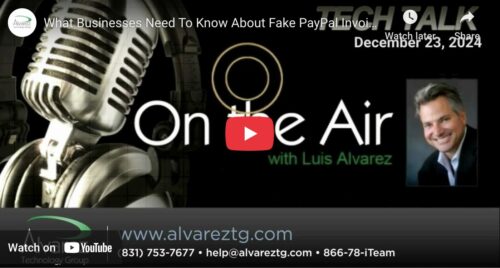What’s wrong with your Sales presentation?
If you’re a salesperson, you work hard to make calls, research the company, attend events and send millions of emails just to get in the same room with a potential buyer. It’s painful when they don’t respond positively to your presentation after all that work.

Are you going into a meeting with an unsuccessful sales deck? The most persuasive of people can’t overcome a buyer’s natural psychological barriers. But if you understand them, you can help them commit. Meanwhile, others sabotage themselves with bad presentation habits, turning away leads.
It’s hard to watch another one slip away, but not hitting your numbers is worse. But if you can perfect your pitch, you can roll in that juicy commission and finally fund that dream vacation you have been planning.
That’s why we made a list of mistakes you can avoid to pitch your best pitch and close more sales.
Your Presentation Wasn’t Professional
As a salesperson, you can be friendly and appropriate and still unknowingly make your audience question the professionalism of you and your company.
Consistency is Key
Any inattention to detail can make you come across as careless so make sure your background and font, font size, and font color are all the same on each slide. Align each photo with text the same way throughout.
The easiest way to ensure consistency is to pick a PowerPoint template, but you can’t always count on them to capture the essence of your company brand. When you make changes, speed up the process by using the paintbrush tool to copy the style and apply it to each slide.
Lose the Transitions
The animations between slides can be fun to play with. But more often than not, they come across as tacky and distracting, and unprofessional. Instead, impress them with the substance of your pitch. Focus on your exciting, life-changing product or service.
You Wasted Their Time
You’re a salesperson. You know firsthand how busy people are and how tight their schedules are. That’s how small your window of opportunity is.
The fact that someone agreed to meet with you is encouraging. Don’t make them regret it! Even small hold-ups can make them feel like you don’t respect their time.
Be prepared by setting up in advance so you can avoid any hassle of connecting your laptop to the screen. Run through it at least once to identify any problems that could come up. When it comes down to it, there really is no excuse to say, “Stay with me. Technical difficulties.”
Finally, don’t let the presentation drag on by overloading it. Successful salespeople usually have a 5-15 minute version and a 30-45 minute version depending on the length of the meeting.
You Don’t Know Your “Stuff”
The worst feeling during a presentation is when a potential buyer puts you on the spot with a question you don’t know the answer too. The better you know your product and industry, the more you can respond with those snappy definitive answers.
But even salespeople who really do know their stuff can come across like they don’t when they read off their presentation. You should be able to speak about it as if you were having a conversation.
Your Presentation Was Missing Elements
You can put together a perfectly professional, seamless and competent presentation. If it doesn’t have these agreed-upon elements, it probably won’t close.
Visual and Interesting Stat or Thought
This is the hook that draws them in like the opening of a page-turner. Use a visual to grab their attention and some kernel of an idea that will interest your audience. Maybe it’s a little-known significant fact. Or maybe you’ve framed a problem in a way they’ve never thought of before.
Value Proposition
Cut right to the chase. Tell them in concrete terms how your company helps them do something in a way that benefits them. The most common formulation of a value proposition goes like this: [Your Company] helps [Your Audience] with [Service] so you can [Benefits].
Tell a Story
Show them how you do it. The most compelling way to do this is a story with a previous customer. It will also help them understand how you do what you say you do.
Solution
All happy endings have a solution to the problem. Don’t forget to tie in the benefits from the value proposition so they can see how you deliver what you claimed to up front.
Proof and Credibility
This is the most often overlooked element of presentations, but one of the most important. Basically, you are answering the critic in your buyer’s mind that asks, “Why should I listen to anything you have to say?” Silence their doubts by providing proof with testimonials and compelling case study statistics.
You can take this time to anticipate other doubts that can be barriers in committing. Show them how the price is low in comparison to the large return on investment. Mention any guarantees you have that will assuage any worries and get them to come around.
Call to Action
At the end of your presentation, give them a clear call to action. For some, that could be “buy now.” But for most, you aren’t going to pitch and close in one sitting.
In that case, agree on a future task. You can promise to research their specific problem. This positions you as their resource and builds a relationship.
You Didn’t Connect
You could give a great pitch to the wrong audience and it will fall on deaf ears. Avoid this by asking questions along the way and seeing if they have any questions for you.
You can better understand their problems through their answers and questions, and personalize the solution to them.
What are your keys to a winning presentation?
If you live in Salinas, contact Alvarez Technology Group at (831) 753-7677 or [email protected] to learn more.





